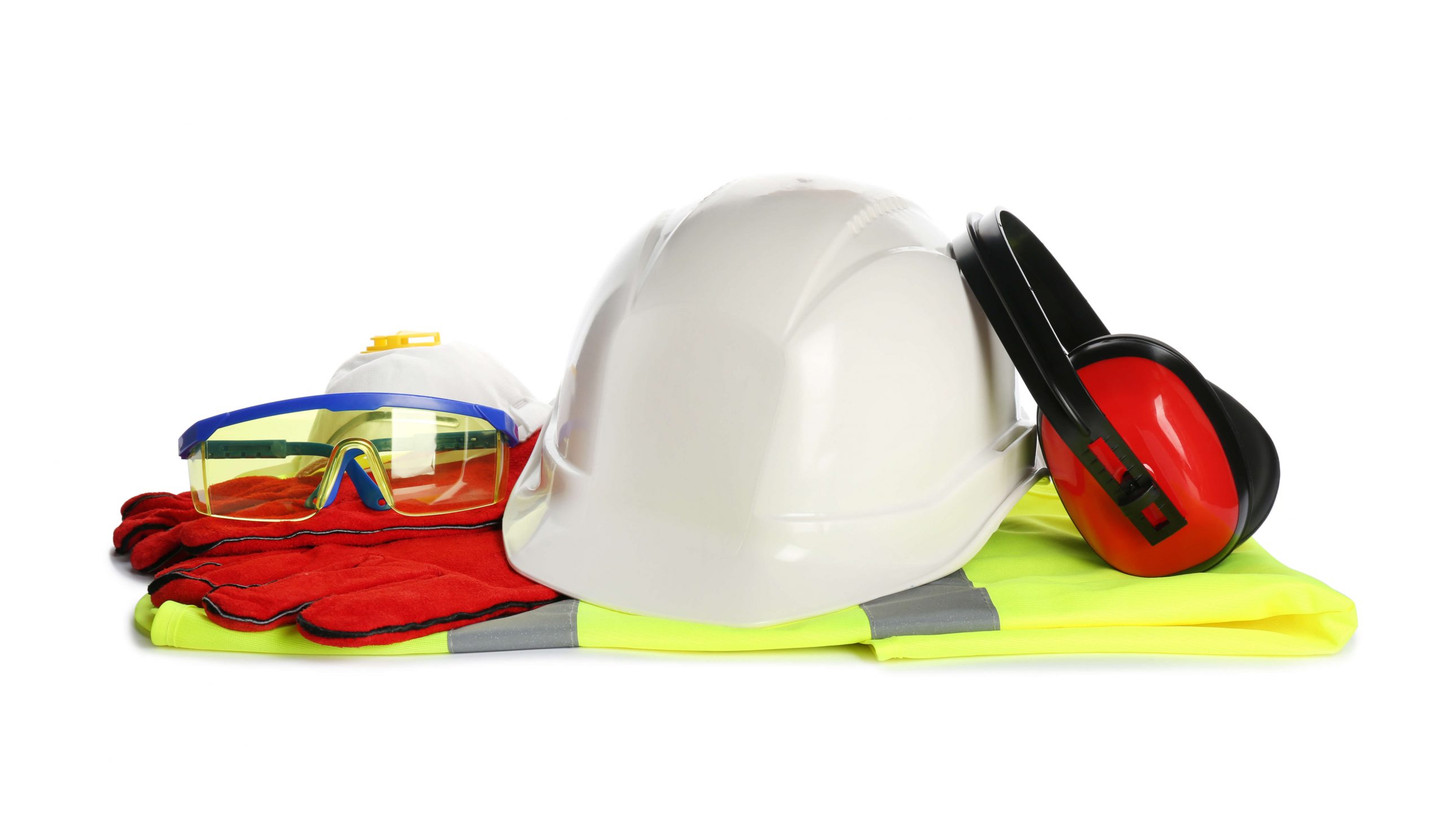
Creating a safety culture requires a concerted effort from the top down to those in the field. Training employees from day one safe operating procedures can reduce many common accidents from occurring. According to OSHA, 49.6 percent of the people involved in accidents had been with their employer for less than one year. This drives home the importance of training your new employees early and often.
“It is not a matter of if you will have to deal with a safety issue but when you will have to and the real test is how well you are prepared to deal with the situation, it is better to be prepared than not prepared especially when it comes to safety,” says Todd Pugh, founder and CEO of Enviroscapes, based in Louisville, Ohio.
Below are some of the most common hazards that can occur in the industry and ways to prevent them.
Transportation-Related Accidents
Because your crews spend a lot of time on the road driving to and from jobsites, traffic accidents are more likely to occur. Factors like fatigue, distracted driving and inclement weather all increase workplace driving risks.
While as an employer you can’t control everything related to roadway conditions, you can promote safe driving behaviors by setting and enforcing safe driving policies. Having written safe driving policies makes it easier to enforce violations and continuous driver training should be provided.
To make safe driving an integral part of your company culture, reward your employees for practicing safe driving.
Struck-By Injuries
There can be many causes for struck-by injuries including flying debris, falling limbs, swinging objects on a crane or moving equipment.
To mitigate these threats, ensure your crews are wearing the proper personal protective equipment (PPE) for certain tasks, such as eye protection when exposed to flying particles and hard hats when workers may encounter falling objects. Areas where there is overhead work should be cordoned off to protect workers from being struck by falling debris. Similarly, workers should avoid the swing radius if a crane is in use.
Workers should be aware when heavy equipment is being operated and avoid these areas. Machine operators should be given ample training on how to operate the equipment properly. Struck-by accidents often occur when the operator does not know how to safely use the equipment.
Workplace Falls
Falling out of a tree or off of a ladder can result in serious injuries and sometimes even death. Having and communicating your safe work procedures for elevated work can help reduce these types of accidents.
A hazard analysis should be conducted before starting any job. Inspect trees and tree limbs for structural integrity before climbing or cutting limbs while climbing. Fall protection equipment should be used when working in elevated heights. Make sure your employees are properly trained in positioning and securing climbing ropes.
When using a ladder, make sure to choose the right ladder for the job, maintain three points of contact, secure the ladder on even footing and always face the ladder.
Extreme Temperatures
Working outside can put employees at risk with extreme temperatures both hot and cold, depending on the season.
Heat-related illnesses include heat stroke, heat exhaustion, heat cramps and heat rash. Providing water, rest and shade are critical when working during hot weather. For new employees, who have not spent time working in hot environments, they will need to acclimatize to the heat. Encourage these workers to stay hydrated, work shorter shifts and take frequent breaks.
Even experienced workers can be affected by heat-related illnesses if the temperature changes to excessively hot weather rapidly.
Cold stress threats include hypothermia, frostbite and trench foot. These can be prevented by wearing several different layers in the cold, changing out of wet clothes as soon as possible and taking breaks in heated spaces.
Sprains and Strains
A common non-fatal occupational injury in the industry is overexertion. This can result in various sprains and strains that cause employees to be unable to work for a period of time.
Carrying or lifting heavy objects can result in injuries to your back, shoulders, knees or other parts. When possible, opt to use mechanical lifting devices for heavy burdens. Use manual lifting aids like dollies and know when to ask for help. Loads that are 50 pounds or more should not be lifted alone. Sometimes even lighter objects can require help due to a bulky shape.
Train your employees to know their physical limits as to what they can safely lift as there is no reward for injuring themselves.
The 2021 Safety Recognition Awards are now open. Enter your company by June 15. Click here to enter.

NALP’s safety programs are produced in partnership with Rancho Mesa.

